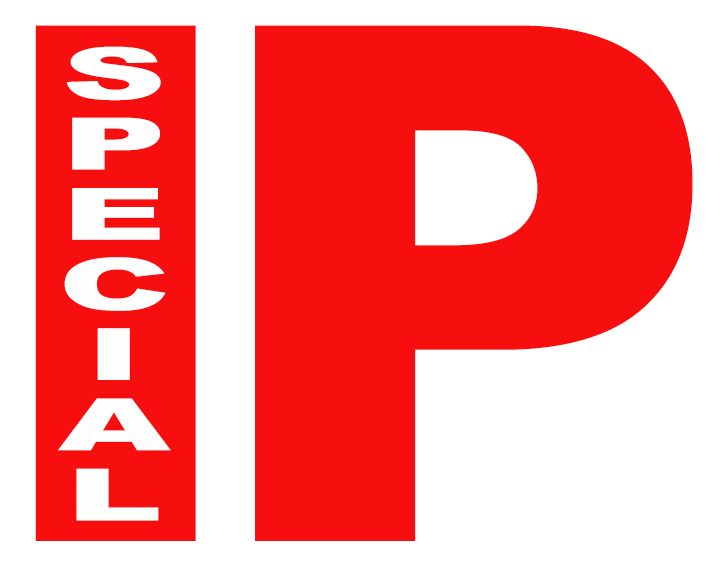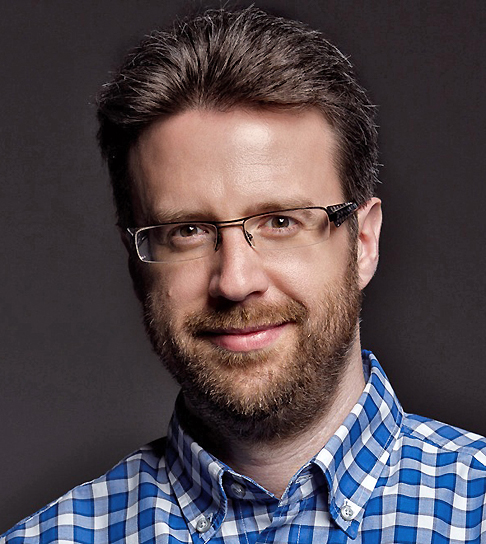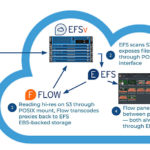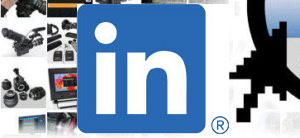IP-Special: Cisco, Thomas Kernen
Thomas Kernen ist als Consulting Systems Engineer bei Cisco tätig und dort im Office of the CTO, Enterprise Networking EMEAR angesiedelt. Im folgenden finden Sie die vollständige Version seiner Antworten auf die Fragen von film-tv-video.de — in englischer Sprache.
IP for broadcast was amongst the hot topics at NAB and IBC. What is your opinion concerning this topic?
The shift to an all-IP based Production Media Network (PMN) will enable the broadcast production industry to transform itself beyond replacing and aggregating multiple signals onto a single wire.
Addressing new market demands, such as the launch of new services, pop-up channels or the coverage of special events, will all be simplified and streamlined through IP based production and the ability to dynamically allocate and reconfigure audio, video, compute and storage resources for any given event without having to tie them up statically for any given event.
Currently the industry discusses several standards and methods in IP based production and transmission, SMPTE 2022 and AVB being amongst them. Which standard does your company support — and why?
Cisco has been contributing to the broadcast related standards efforts across the industry such as in SMPTE, VSF, EBU, DVB, IEEE, IETF or the Joint Task Force on Networked Media (JT-NM). The ongoing work doesn’t limit itself to simply specifying a transport model such as SMPTE 2022-6 or 802.1BA (AVB) and which one should be supported, but encompasses also workflow signaling, Precision Time Protocol (PTP) profiles and presenting our research work at the leading industry conferences to help the IP based production industry to build network centric workflows.
Which areas of the broadcast industry will be the first to adopt and implement IP based technology?
Cisco sees significant interest to move to PMNs in new broadcast facility build-outs or the refresh of existing infrastructure deployments that are 10+ years old.
What’s your companies IP based flagship project or product?
We are focusing on both parts of the equation that will allow the broadcast industry to transform itself. The consolidation of the infrastructure will be driven by a datacentre like architecture that our Professional Media Network initiative is focusing on across the Cisco Nexus product line.
Additionally, the growth in computational and graphics processing power is driving the move from hardware platforms to software applications running on general purpose computer and storage platforms. Via our Independent Software Vendor (ISV) programme for the Cisco’s Unified Computing System (UCS), applications are tested and validated on this platform driving the consolidation of the end point infrastructure onto a single and unified platform permitting production facilities to consolidate their entire infrastructure into a single architecture.
Empfehlungen der Redaktion:
02.07.2015 – IP-Special: Aspera, Francois Quereuil
02.07.2015 – IP-Special: Axon, Jan Eveleens
02.07.2015 – IP-Special: Broadcast Solutions, Rainer Kampe
02.07.2015 – IP-Special: Dimetis, Joachim Kniesel
02.07.2015 – IP-Special: EVS, James Stellpflug
02.07.2015 – IP-Special: Grass Valley, Mark Hilton
02.07.2015 – IP-Special: Harmonic, Ian Trow
02.07.2015 – IP-Special: Imagine, Jochen Kuhnen
02.07.2015 – IP-Special: LSB, Axel Kern
02.07.2015 – IP-Special: Lawo, Andreas Hilmer
02.07.2015 – IP-Special: Matrox, Dan Maloney
02.07.2015 – IP-Special: Nobeo, Stefan Hoff
02.07.2015 – IP-Special: Quantel/Snell, Tim Felstead
02.07.2015 – IP-Special: Riedel, Ramon Pankert
02.07.2015 – IP-Special: SonoVTS, Stefan Krömer
02.07.2015 – IP-Special: Sony, Norbert Paquet
02.07.2015 – IP-Special: TPC, Andreas Lattmann
02.07.2015 – IP-Special: TV Skyline, Wolfgang Reeh
02.07.2015 – IP-Special: Teracue-Eyevis, Karl-Heinz Wenisch
02.07.2015 – IP-Special: Qvest Media, Daniel Url












